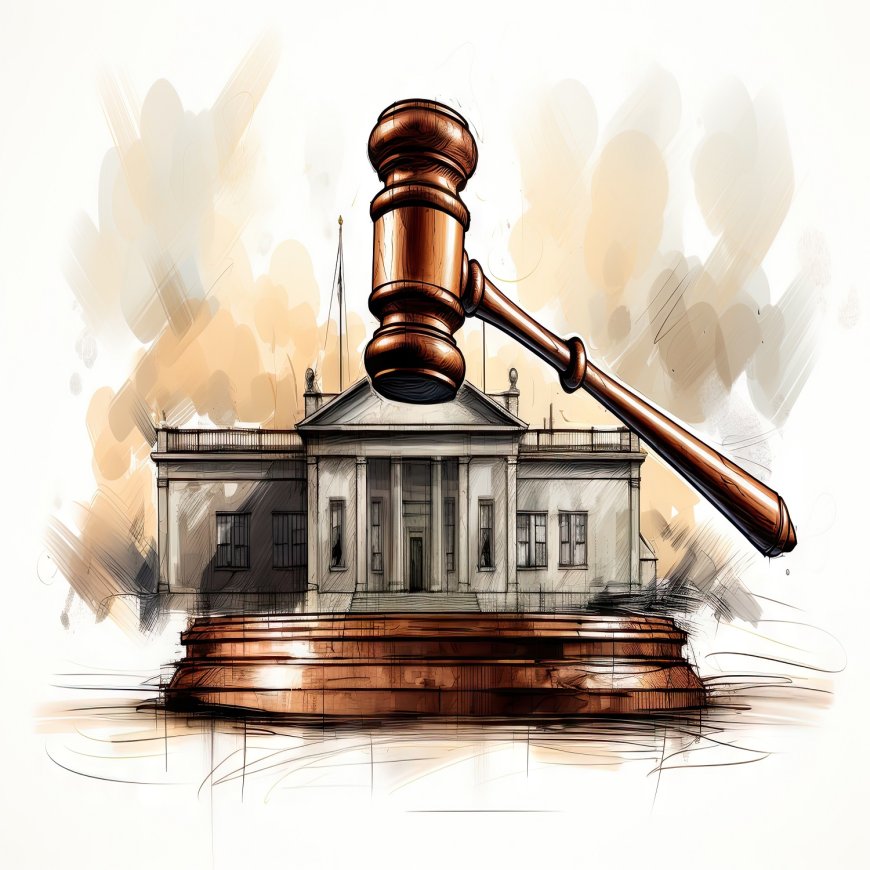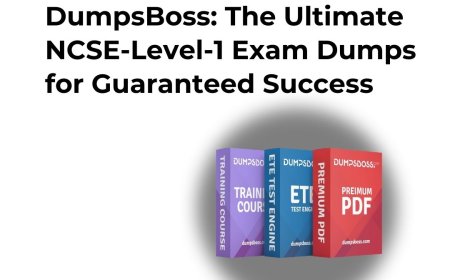Understanding Buffalo Bail Bonds A Comprehensive Guide
This guide aims to equip you with the information you need to make informed decisions and secure the best possible outcome for your case in Buffalo.

When facing an arrest or dealing with the legal system in Buffalo, New York, understanding the bail bond process is essential. Bail bonds offer a way for individuals to secure their release from jail while awaiting trial, but the process can be complex and intimidating. This comprehensive guide will explore everything you need to know about Buffalo bail bonds, including how they work, the different types of bail bonds, the role of bail bondsmen, and tips for choosing the right bail bond service.
What Are Bail Bonds?
A bail bond is a financial agreement that allows a defendant to be released from jail while awaiting trial. When someone is arrested, the court sets a bail amount that the defendant must pay to be released. However, many people cannot afford to pay the full bail amount out of pocket. This is where bail bonds come in.
A bail bond company or bail bondsman provides the court with a surety bond, which is essentially a promise to pay the full bail amount if the defendant fails to appear for their court date. In exchange for this service, the defendant or their family pays the bail bondsman a non-refundable fee, usually around 10% of the total bail amount.
Types of Bail Bonds in Buffalo
There are several types of bail bonds available in Buffalo, each serving a different purpose depending on the situation:
-
Cash Bail Bonds: These are the simplest form of bail bonds, where the full bail amount is paid in cash. If the defendant attends all court appearances, the money is returned at the end of the trial. However, most people cannot afford to pay the full amount upfront.
-
Surety Bail Bonds: The most common type of bail bond, a surety bond involves a bail bondsman who posts the full bail amount on behalf of the defendant. The defendant pays a non-refundable fee, and the bondsman assumes responsibility for ensuring the defendant appears in court.
-
Property Bail Bonds: In some cases, property can be used as collateral for a bail bond. The property must be worth at least the full bail amount, and if the defendant fails to appear in court, the property may be seized.
-
Federal Bail Bonds: These are used in federal cases and are typically more expensive than state bail bonds. They often require a higher percentage fee and additional collateral due to the complexity and severity of federal cases.
-
Immigration Bail Bonds: These bonds are specific to immigration cases, where the defendant is detained by immigration authorities. These bonds can be complex and may require a specialized bail bondsman familiar with immigration law.
How the Bail Bond Process Works in Buffalo
Understanding the bail bond process is crucial for navigating the legal system effectively. Here's a step-by-step guide to how the process works in Buffalo:
1. Arrest and Booking
The process begins when an individual is arrested by local law enforcement in Buffalo. After the arrest, the defendant is taken to a police station or detention center for booking. During booking, the defendant's personal information, fingerprints, photographs, and charges are recorded.
2. Bail Hearing
Following the booking process, the defendant will have a bail hearing where a judge determines the bail amount. The judge considers factors such as the severity of the crime, the defendant's criminal history, flight risk, and ties to the community when setting bail.
3. Contacting a Bail Bondsman
If the bail amount is too high for the defendant or their family to pay, they can contact a bail bondsman in Buffalo. The bondsman will charge a non-refundable fee, typically 10% of the total bail amount, to post the bail on behalf of the defendant.
4. Signing the Bail Bond Agreement
Before the bail bondsman posts the bail, the defendant or a co-signer must sign a bail bond agreement. This agreement outlines the terms and conditions of the bond, including the fee and any collateral required. Collateral may include property, vehicles, or other valuable assets.
5. Posting Bail
Once the agreement is signed and the fee is paid, the bail bondsman posts the bail with the court. The defendant is then released from custody, typically within a few hours, depending on the processing time at the detention center.
6. Compliance with Court Appearances
After being released on bail, the defendant must attend all scheduled court appearances. Failure to appear can result in the forfeiture of the bail bond, meaning the bondsman would be required to pay the full bail amount to the court. The bondsman may then take legal action to recover the amount from the defendant or the co-signer.
The Role of a Bail Bondsman in Buffalo
Bail bondsmen play a critical role in the criminal justice system by helping defendants secure their release from jail while awaiting trial. Here's a closer look at the services provided by bail bondsmen in Buffalo:
1. Financial Assistance
Bail bondsmen provide financial assistance to defendants who cannot afford to pay their bail. By posting the full bail amount, the bondsman enables the defendant to be released from custody while awaiting trial.
2. Expert Guidance
Experienced bail bondsmen in Buffalo have extensive knowledge of the local legal system and can provide valuable advice to defendants and their families. They guide clients through the bail process, explain their rights and obligations, and ensure they understand the terms of the bail bond agreement.
3. Collateral Management
When collateral is required to secure a bail bond, the bondsman manages the collateral process. This includes assessing the value of the collateral, securing it, and ensuring it is returned to the defendant or their family once the case is resolved.
4. Ensuring Court Compliance
Bail bondsmen are responsible for ensuring that defendants comply with all court requirements, including attending scheduled hearings. If a defendant fails to appear in court, the bondsman may take legal action to recover the bail amount, including apprehending the defendant and returning them to custody.
Tips for Choosing the Right Bail Bondsman in Buffalo
Selecting the right bail bondsman is a crucial decision that can significantly impact the bail process. Here are some tips to consider when choosing a bail bondsman in Buffalo:
1. Check Reputation and Experience
Choose a bail bondsman with a solid reputation and extensive experience in Buffalo. A seasoned bondsman will have a deep understanding of the local court system and strong relationships with court officials, which can expedite the bail process.
2. Understand Fees and Costs
Make sure you understand the fees and costs associated with the bail bond service. The standard fee is usually 10% of the bail amount, but some bondsmen may offer payment plans or discounts. Be wary of any bondsman who charges significantly higher fees or adds hidden costs.
3. Evaluate Availability
Arrests can happen at any time, so it’s essential to choose a bail bondsman who is available 24/7. Immediate availability can make a significant difference in how quickly a defendant can be released from custody.
4. Look for Transparency
A reputable bail bondsman should be transparent about their services, fees, and the bail process. Avoid bondsmen who are unclear about costs or who make unrealistic promises. Understanding the terms of the bail bond agreement is crucial to avoiding unexpected surprises.
5. Assess Customer Service
Good customer service is vital when dealing with stressful legal situations. Choose a bail bondsman who is patient, responsive, and willing to answer all your questions. The bondsman should provide clear guidance throughout the process.
Legal Considerations When Using a Bail Bondsman
While using a bail bondsman can facilitate the release from custody, it’s essential to understand the legal obligations involved:
1. Contractual Obligations
Engaging a bail bondsman involves signing a legally binding contract. This contract outlines the terms of the bail bond, including the fee, collateral requirements, and the obligations of both the bondsman and the defendant. It’s crucial to read and understand the contract thoroughly before signing.
2. Forfeiture of Bail
If the defendant fails to appear in court, the bail bond is forfeited, meaning the bondsman is liable for paying the full bail amount to the court. The bondsman may then take legal action to recover this amount from the defendant or the co-signer, which could include seizing any collateral provided.
3. Re-arrest of the Defendant
In cases where a defendant fails to comply with court requirements, the bail bondsman has the legal right to apprehend and surrender the defendant back to custody. This action nullifies the bond but may result in additional charges against the defendant.
4. Collateral Risk
If collateral was used to secure the bail bond, failing to meet the bond’s conditions could result in the loss of that collateral. It’s important to understand this risk and ensure compliance with all court obligations to avoid losing valuable assets.
Conclusion
Navigating the bail bond process in Buffalo can be challenging, but with the right knowledge and support, it can be managed effectively. Bail bonds are a crucial part of the criminal justice system, providing defendants with the opportunity to be released from custody while awaiting trial. By understanding the different types of bail bonds, the role of bail bondsmen, and the legal obligations involved, you can make informed decisions and ensure a smoother legal experience.
Whether you’re dealing with a minor offense or a more serious charge, having the right support and knowledge is essential. This guide aims to equip you with the information you need to make informed decisions and secure the best possible outcome for your case in Buffalo.
What's Your Reaction?
























